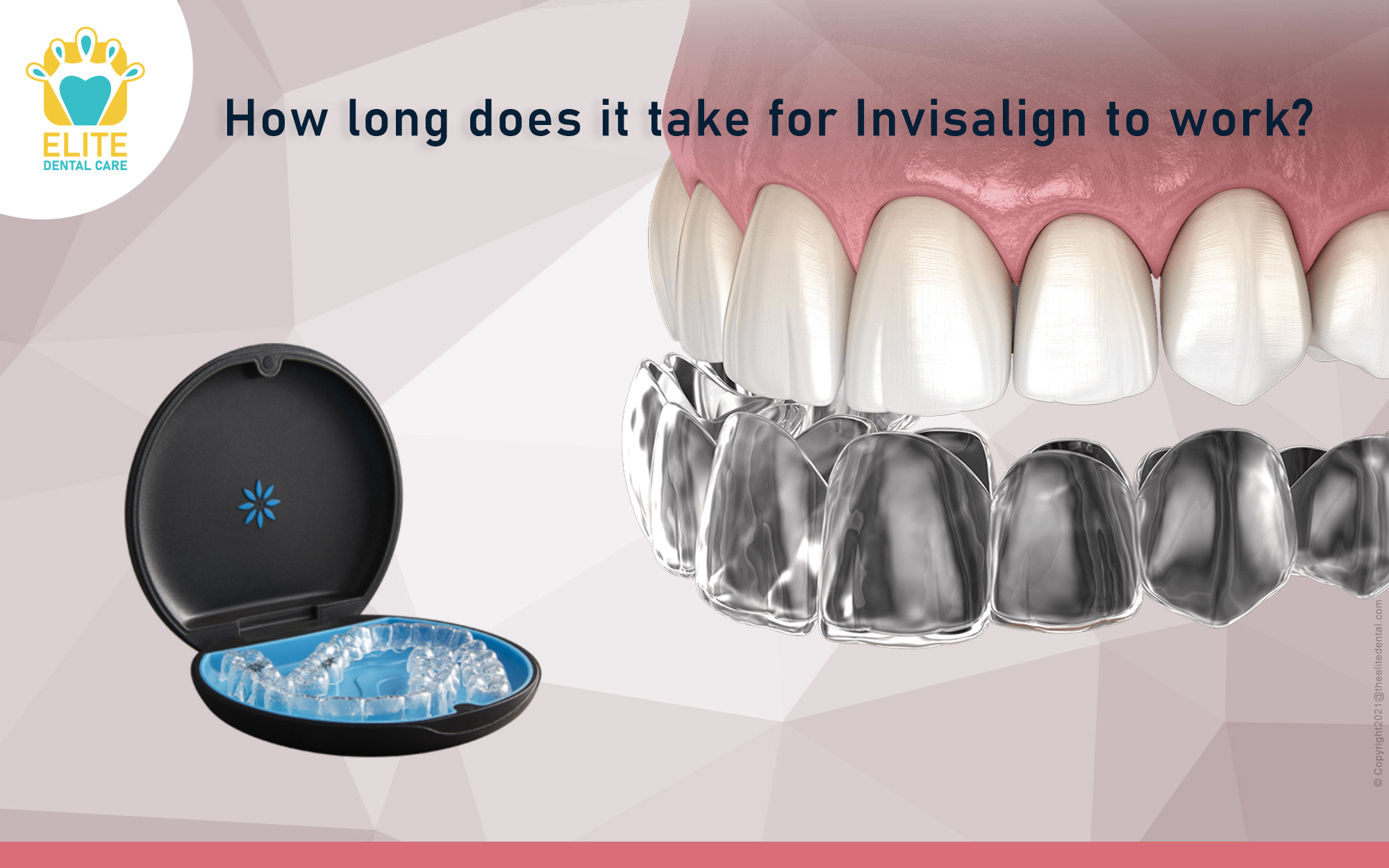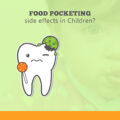
dental caredenturesflossinghygiene tipsoral healthRoot Canal TreatmentTeeth WhiteningTooth ExtractionUncategorized
edental
1 February 2022
How much time does it take for Invisalign to work?
However, are you turned off by the thought of wearing metal braces? Braces are absolutely helpful, but they require a significant time commitment. And, depending on the individual, they are not always optimal. If you’ve been thinking about Invisalign, you might be wondering how long it takes to work.
Do you desire straighter teeth but don’t want to use regular braces? Read on if you’re wondering, “How long does Invisalign take to align teeth?”
Approximately 4 million Americans use braces at any given time. While these have been the primary methods so far, an alternative option has made its way into the market: Invisalign.
Invisalign is a terrific replacement for traditional braces since you may remove them at any moment and they are quite inconspicuous.
Invisalign is a popular device that many people use to get their teeth straighter.
How long does it take to work?
It takes less than two years on average for those who use Invisalign to see improvements, but it can take as little as six months. However, every smile is unique, and based on what you require, it may take more or less time. The length of treatment is proportional to the intricacy of the problem.
Continue reading to discover more about what might be causing a lengthier wait for Invisalign results.
What Exactly Is Invisalign?
Invisalign is a relatively recent technology of straightening teeth. Invisalign employs transparent aligner trays rather than brackets, like metal and ceramic braces do.
Because Invisalign aligners gradually reposition your teeth, you cannot wear a single set indefinitely. Just like conventional braces must be tightened on a regular basis, you must also replace aligners on a regular basis.
You need anywhere from 25 to 40 trays to get your teeth straightened.
Factors Contributing to Variation in Wear Time
Every individual’s mouth is as distinct as their fingerprint. As a result, determining a precise duration of treatment is impossible. Some individuals who just require minor repairs can finish treatment in as little as six months, while others may require up to 18 months.
Here are a few of the primary elements that lead to treatment duration discrepancies.
Crowding of the teeth
If your jaw is on the smaller side, you may have misplaced teeth owing to crowding. Minor cases of crowding can be rectified in as little as six months, however serious ones might take up to a year.
The more dental crowding you have, the further your teeth will have to shift and the longer the treatment will take.
In the case of extreme crowding, your dentist may advise you to try another treatment option before beginning Invisalign.
Teeth Gaps
Diastema, or gaps between teeth, can be caused by tissue overgrowth or by teeth that are too tiny in comparison to the jawbone. Minor gaps, like crowding, will take far less time to close than serious gaps.
If you have both medium to serious gaps and crowding, your treatment will likely take closer to 18 months, depending on how fast your teeth respond.
Age of the Patient
Invisalign is suitable for both teenagers and adults, although your age may influence how soon it works. Teens’ teeth move faster and easier than adults’ teeth because they are still developing.
That being said, some people’s teeth just progress quicker than others, regardless of age. Some elderly people may get effects considerably faster than their youngsters (though compliance with a treatment plan might have something to do with that). You are never too old to benefit from clear aligners.
Compliance
Even if your teeth require only minor adjustment from the beginning, failing to wear your aligners as per your dentist’s instructions can significantly lengthen your treatment duration.
Wear your Invisalign aligners for minimum 22 hours every day for the greatest outcomes. You may clean them, eat, and wash your teeth with them out. However, you should wear them at all other times of the day and night, including when sleeping.
If you do not wear your aligners for the prescribed amount of time, you may have treatment regression when your teeth move back to its initial places.
The Treatment Process
Now we need to comprehend how aligners like Invisalign function. The process entails wearing a set of plastic, removable aligners in a progressive order. Your orthodontist will create a personalized treatment plan and profile for you, which will include:
- Photographs
- A 3D image of your teeth
- Analysis of your X-rays and teeth
- evaluating whether you are suitable for transparent aligners such as Invisalign
- Making a suggestion
If you are a suitable candidate for the procedure, your orthodontist will construct a 3D computerized model in order to arrange the aligners. This assists your orthodontist in determining where your teeth should be moved. Each misplaced tooth advances in phases. Depending upon the specific circumstances, you may require as few as six aligners or as many as 48 aligners for your treatment to be effective. This varies from person to person and influences how long the aligners take to work for you.
Each aligner will shift your teeth up to.33 mm before you insert the next aligner. In short, you should anticipate replacing your aligners every week or two.
Invisalign vs Traditional Braces
Despite the fact that Invisalign trays are not permanently attached to your teeth, they can function as quickly as or quicker than conventional braces. Many people dislike wearing metal braces for aesthetic reasons, but this isn’t the only disadvantage of conventional braces.
For one thing, it’s much too simple to take the metal wires while eating a crunchy snack, resulting in a longer treatment period. One of the reasons that braces come with food limitations is because of this. A common brace no-no list includes:
- Popcorn and other crunchy foods
- Pretzels and nuts are examples of solid foods.
- Bagels or licorice sweets are examples of chewy foods.
- Anything sticky, like chewing gum or caramel
- Any food that requires a bite to eat, such as whole apples




